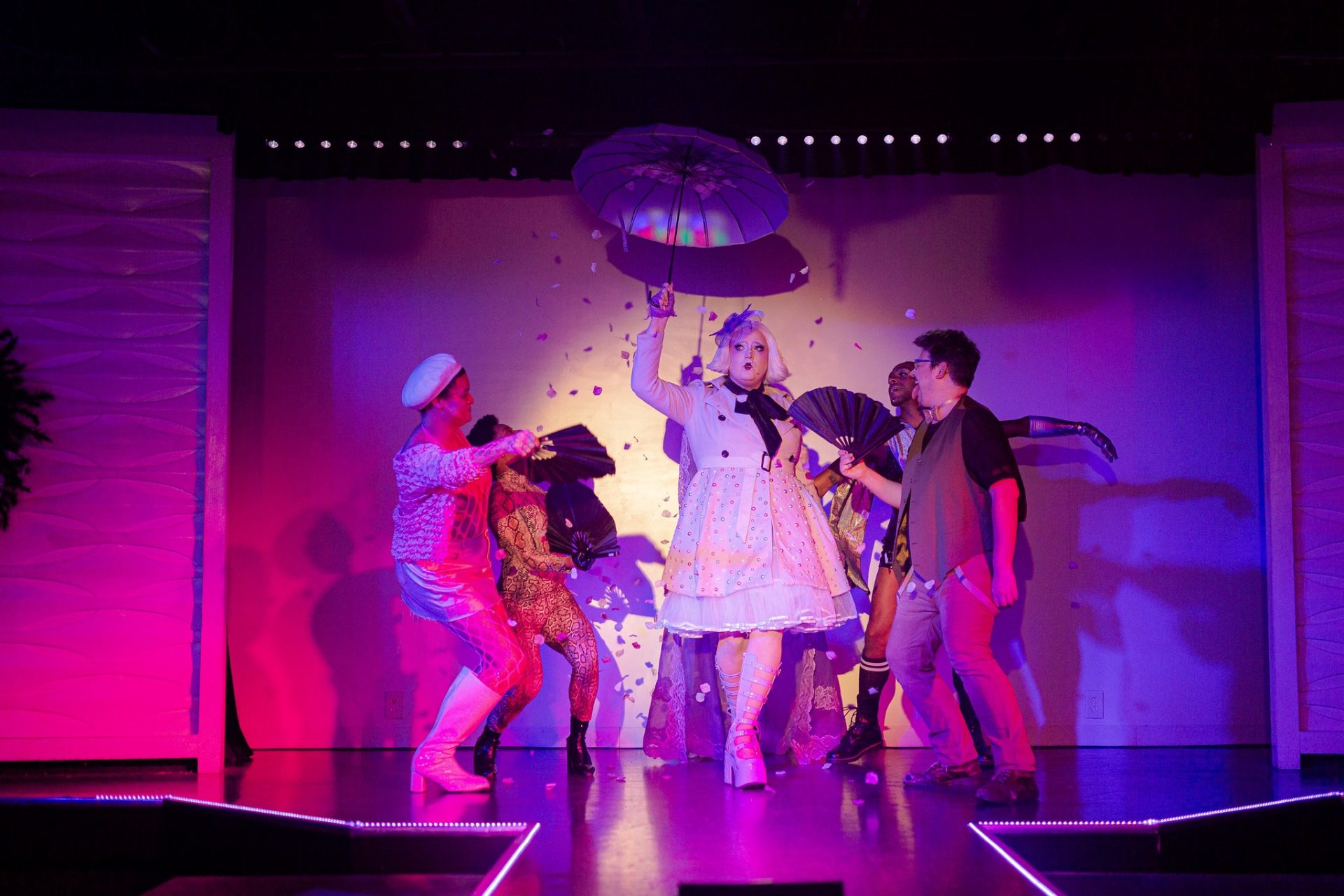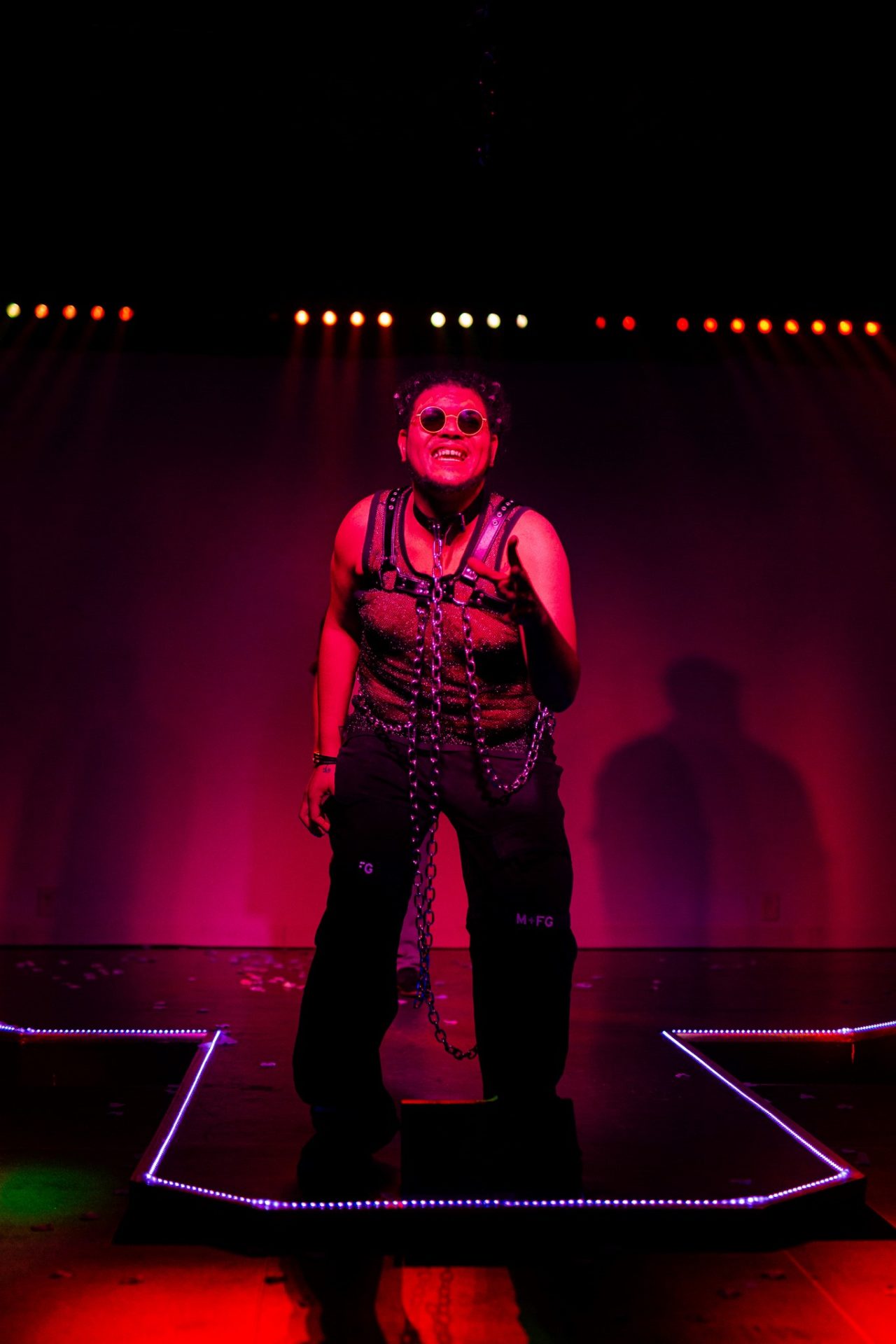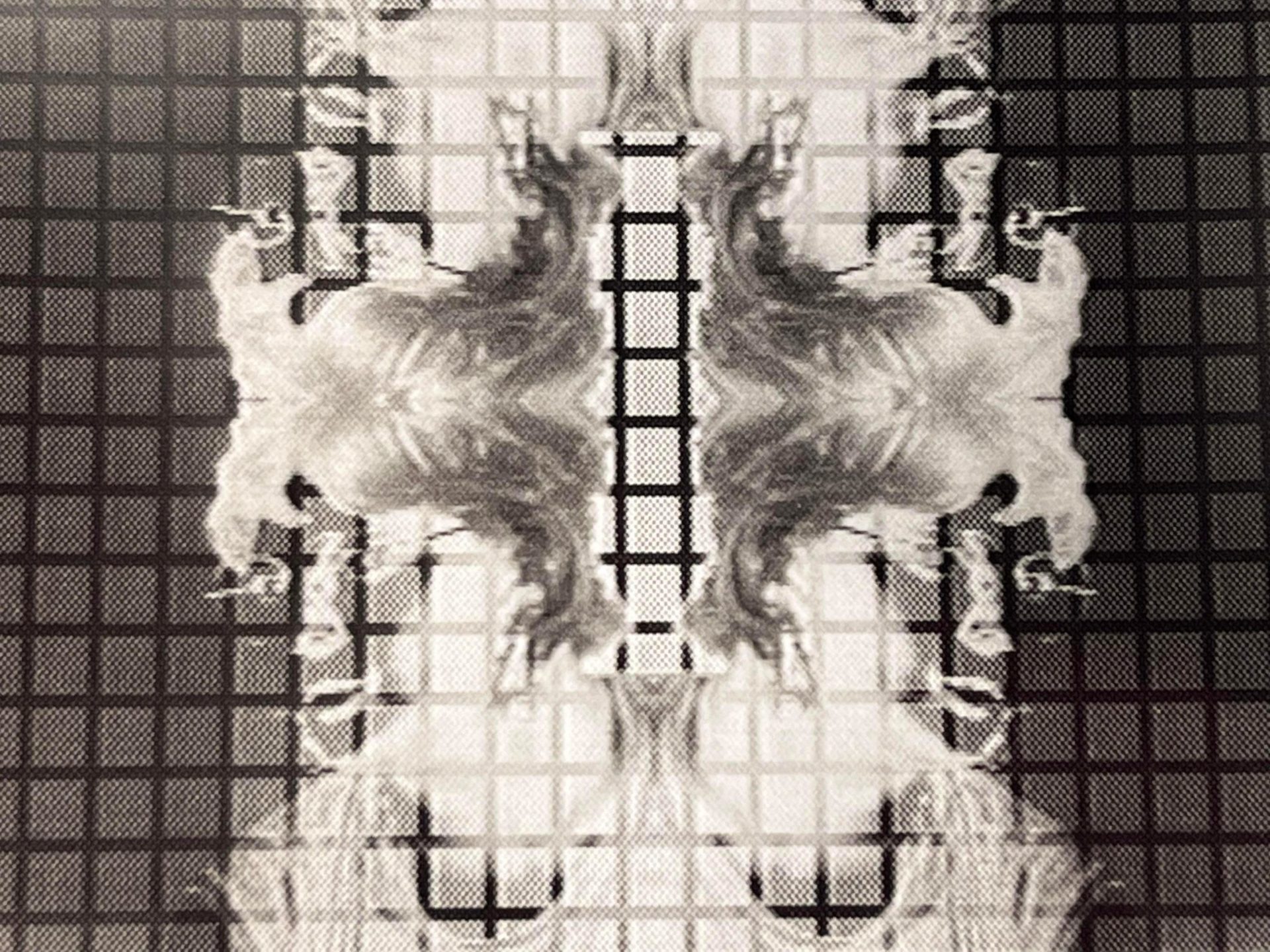At Play Dance Bar
Embracing a Queer Christmas: a review of Christmas Carol Circuit Party
A compelling parallel can be drawn between the era when Dickens wrote A Christmas Carol and Woven Theatre Company’s Christmas Carol Circuit Party. Already an internationally acclaimed literary celebrity and social critic, Dickens became involved in Victorian Britain’s efforts to re-evaluate past Christmas traditions so that they would better reflect the social struggles of the time as well as resonate with their contemporaries. Christmas Carol Circuit Party actualizes Dickens’ story to further challenge the traditions by suggesting a much-needed contemporary and inclusive contextualization, through the lens of the LGBTQ+ community. This production follows Woven Theater’s appreciated performances Initiative (2020) and The Naughty Tree (2022), and it stays true to its mission to give room to bold voices of underserved artists and produce daring new art.

And what better place to present the queering adaptation of A Christmas Carol then at Play Dance Bar, a venue already offering a space for drag sensationalism, feelgood freedom to express sexiness and sexuality as well as confront the identity binaries and heteronormativity.Especially considering the disturbing efforts to promote transphobia against transgender individuals and drag artists that took place during the year we’re leaving behind, it seems more important than ever to take space and expand, modify classical stories and blatantly insert in them the existence and thriving of a long-discriminated community.
The adaptation is vastly festive and celebratory – the audience is invited to the performance an hour early because what would normally be a theater foyer, in this case, is a club dancefloor. It’s the kind of setting you want to be in with friends, unless you’re the frivolous type to approach strangers and introduce yourself through the beats and rhythms of music driving your body to move. A few minutes before the doors open, Sunni and Shabaz Ujima, two very self-confident looking and spectacularly dressed actors/dancers take over the dance booths, setting the tone for what’s to come. It is impossible not to notice their agency because of how naturally they obtain themselves and move as if they were in their own bedroom, with no one around to gaze.

In the showroom, the mise en scène sets a cabaret atmosphere, with the long bar stretching in the back of the stage, booths, and round tables on the sides of the catwalk and plenty of room for those who have bought regular (standing) tickets to become immersed with the actors who utilize the majority of the space to perform. The laser lights take the place of Christmas trees, while leather, leopard skin, shiny fabric and latex designed by Iris Daniel and Dee Benn presage the kinky tone of the performance.
A queered motherly Dickens is put in the role of the narrator. A stylistic prodigy, charmingly announcing the scenes and connecting the passages between, this character brings laughter with their satirical and ‘drama queenie’ attitude. The bitter miser Ebenezer Scrooge on the other hand is actually the owner of the club, overworking his underpaid employees. He is stingy and ruthless. The portrayal of Scrooge’s labor abuse towards his poverty-stricken queer workers trying to make it through the day can be read as a reference to how our societies push those in the margins even deeper down the pit. “Poverty will teach you lessons you do not deserve”- says Dickens, rolling their flowery lace umbrella. Scrooge grudgingly gives his employee Bob Cratchit time off during Christmas Eve after he begs to be with his emotionally ill child Tiny Tim. Cratchit (same as all Scrooge’s employees) despises Scrooge, but he doesn’t have a choice but to obey just to make ends meet and be able to afford Tiny Tim’s medicine.
As in Dickens’ novel, Scrooge is visited by the ghost of his former business partner Jacob Marley, entwined in heavy chains dangling from his chest as punishment for his lifetime sins. Marley’s chains and costume add to the embracing of BDSM practices among the gay community, making the performance even more distinct. A pleasant twist is inserted in the plot by binding Scrooge and Marley as ex-lovers. As Marley warns Scrooge to change his attitude if he doesn’t want to end up burning in the fires of hell like himself, beautiful scenes of longing for a lost love unveil in front of our eyes.

The spirits of Christmas Past, Present and Yet to Come are none other than all-star local drag queens Nichole Ellington Dupree, Sapphire Mylan, and Venus Ann Serena, firing up the show atmosphere. The voguing scenes not only deconstruct the story but they also open space for the audience to take in and digest the multitude of emotions that the performance evokes. An interesting but seemingly common audience interaction occurs when many mainly male bodied audience members approach the dancefloor, offering mostly one-dollar bills to reward the drag queens. My expectation was that the divas would tear the money up, because rewarding their spectacle with money, especially with one-dollar bills, could also be considered as an offensive undervaluing of their skills and prestige. However, the receiving of money (in one case by even shoving it in the mouth) is also a reference to the struggles of drag queens to survive by practicing their art.
In terms of the storyline, although playwright River Timms stays quite loyal to Dickens’ novel, dramaturgically speaking, there are moments in the performance that stay rather loose. The insertion of the shibari roping piece for example is unrelated to the show as a whole, therefore it is hard to justify its aesthetically fitting and pleasing presence without any connection to the plotline, other than to consider it as a breather. Similarly, the three drag queen ghosts’ performances can be considered the highlight of the piece however their role as the ghost of the Past, The Present and Yet to Come remains vague, but hey, who doesn’t know the classical plot of A Christmas Carol anyway?
A refreshing addition to the performance that brought a heart-rending affect was the presence of poet Joshua Moore reciting their nostalgic verses live on stage.It took about 18 months for playwright River Timms and director William Kyle Odum to tighten up the sleek and shiny performance casting Dee Benn, Miles Gatrell, Blake Holliday, Jane, Jack Read, and Shabaz Ujima. The production is live scored by Aazera, with Sam Lowry on production design, Elizabeth Read on experience design, mask design by Jack Read, lighting design by Taylor Thomas, and choreography by Shabaz Ujima. The production is produced by Daniel Jones, Sam Lowry, William Kyle Odum, and River Timms. Although Christmas Carol Circuit Party specifically depicts Christmas, a holiday celebrated by a large population (not everyone!) at a very specific time of the year, due to the need for further queering of theater stages, it can and should expand to a repertoire beyond this time of the year.
- About the Author
- Latest Posts
Fjolla Hoxha is a writer, theater & drama critic, and performance maker from Prizren/Kosova, newly based in Nashville. Her artistic practice is rooted on assiduous research that grounds on critical theory, cultural studies, oral histories and narratives, institutional and personal archives. Aside from being a writer, Fjolla works as a cross-media performance artist, focused on site-specificity and audience participation. She has collaborated with various artists, collectives and institutions based in Europe and the U.S. and her work has been staged and stage-read in Kosova, Finland, Switzerland, Germany, UK while her plays and reviews have also been published in Greece and New York.



